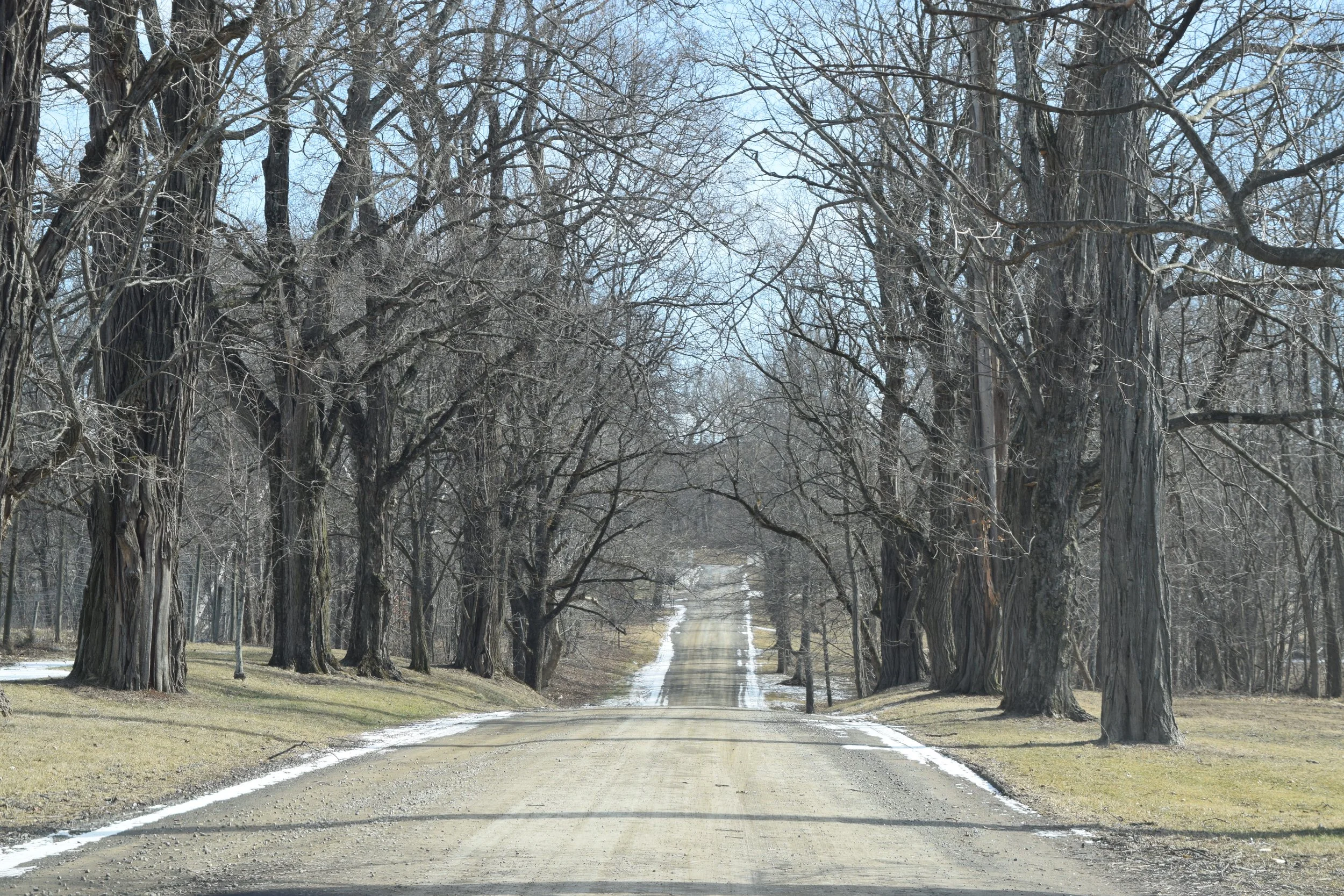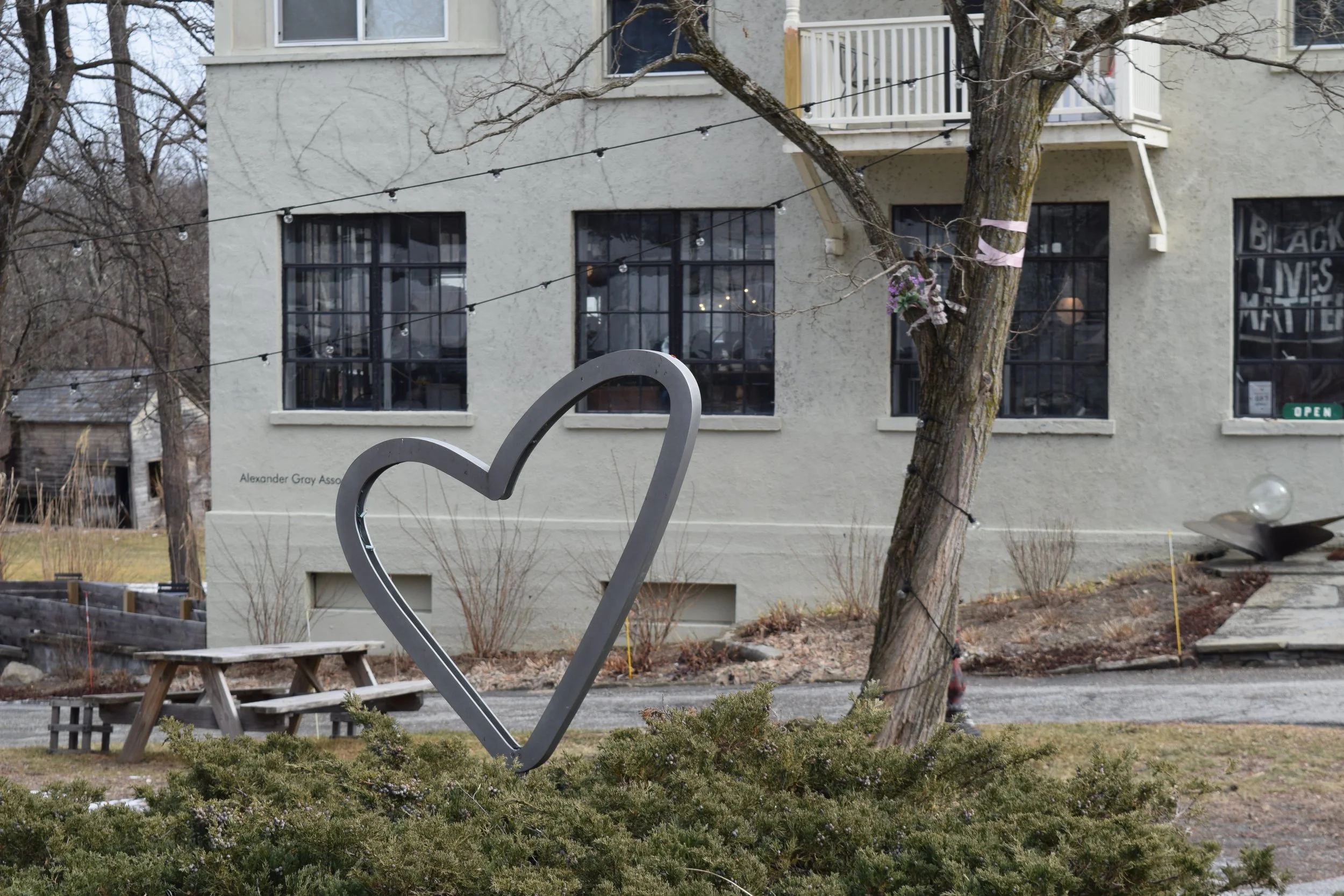
Stories from the past are embedded in the materials, buildings, and landscapes comprising our world — they are the vehicles through which forebearers and ancestors communicate to us — grounding us, teaching us, and persuading us to build a better tomorrow.
Our Mission
To expand and deepen public knowledge of our local community's past and preserve the archaeological and historical landscapes, artifacts, and documents of Germantown, New York.
Historic Germantown
Just a 2-hour drive north of NYC, the Town of Germantown resides in Columbia County and sits along the east side of the scenic Hudson River with expansive views of the beautiful Catskill Mountains.
Germantown is the traditional homeland of the Mahican and Lenape Peoples who lived along the Muhheakantuck (the Hudson River) through time immemorial. In 1609, Hendrick 'Henry' Hudson sailed his ship, the Half Moon, up the Muhheakantuck, contacting the indigenous peoples, initiating trade relationships, and subsequently settling the Dutch throughout the region.
In the late 1600s, Scottish immigrant, Robert Livingston the Elder, with permission from the English Crown, purchased a total of 160,240 acres from the Native Americans comprising of the southern third of Columbia County. In 1710, he sold 6,000 acres to the Queen of Britain for use as “work camps” and the resettlement of Palatine German refugees displaced by French invasions and famine.
Known as "East Camp", the colony had four villages: Hunterstown, Queensbury, Annsbury, and Haysbury. The area was later renamed "Germantown" and formed as a "district" in 1775. Today, the town is home to communities like Cheviot, Palatine Park, and Viewmont.




